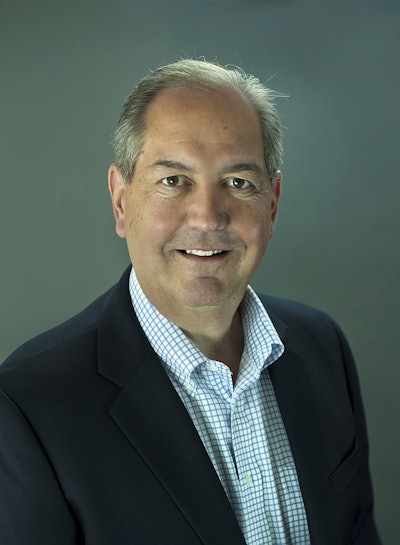
While the American economy and disappointing unemployment rates continue to improve from where they were at the turn of the decade, one carryover remains that continues to baffle those in the manufacturing sector. Why — at a time when baby boomers are pushing back for the last time from the design table or hanging up their hard hats for good — are so few members of Generation X, Y, or the Millennials looking toward these viable careers?
PMMI, The Association for Packaging and Processing Technologies, developed the Alliance for Innovation and Operational Excellence (AIOE) to tackle issues facing OEMs and their customers. One of AIOE’s initial projects was focused on the actual men and women making and operating processing and packaging machinery. The whitepaper, Developing & Engaging the Manufacturing Workforce, spoke about hiring, training, skill requirements/development, operational styles, and new ways to uncover talent. Correspondingly, AIOE’s Workforce Development Solutions Group embarked on the development of an employee engagement model to address these challenges.
PP-OEM spoke with Steve Schlegel, co-managing director for AIOE, to address some of the challenges facing the
OEM workforce.
PP-OEM: Is there a core difference in today’s workforce vs. the workforce that is nearing retirement? Are expectations different from today’s workers?
Schlegel: According to a recent Harvard Business Review article, Millennials (those born between 1977 and 1997) are a labor force to be reckoned with, constituting half of the U.S. workforce in four years. And, yes, there are perceived and real differences between them and the Boomers. AIOE’s Workforce Engagement Model provides a catalyst for reconciling these differences by focusing on at least three key things that both generations seem to want from the workplace: empowerment, enablement, and connection. So rather than sweating the differences, OEMs can meet the generational challenge by creating an engaged workforce culture that focuses on what binds these two seemingly disparate generational cohorts together.
PP-OEM: The whitepaper points out that in a 2011 Booz & Co. survey, young workers did not view manufacturing as an attractive option. Has this perception changed, and how has AIOE helped this change?
Schlegel: Yes, manufacturing is not viewed as attractively as it could/should be. To find out why, several industries have conducted perception research studies that reveal some interesting results. Among the most startling is the perception of those in the industry and its effect on those considering the career. Incumbents often describe their work in industrial “factory-like” terms; their employment as jobs, instead of careers; and their workforce as not particularly engaged. AIOE’s Workforce Engagement tool debunks these perceptions through a framework of more than 45 attributes of engagement. It represents a traditional manufacturing environment, and how workers can be in a beginning, intermediate, and advanced stage of engagement along with leadership guidance for navigating this journey. The revelation is an alternative view of manufacturing can dramatically change potential candidate’s perception of manufacturing as a career.
PP-OEM: Generations of workers viewed manufacturing jobs as a good, honest choice for sustainable careers. Why is it viewed so negatively today?
Schlegel: The perception research alluded to above reveals some pat answers to this question. Manufacturing is not a sexy career choice. Building equipment requires long hours in industrial conditions, there is no opportunity for advancement, there are other more attractive jobs with faster paths to advancement, etc. The Workforce Engagement Model shows how manufacturers can “walk the talk” and create an attractive engaged workforce culture. Here, authority, responsibility for self and others, functional and interpersonal skills, critical resources, finding the right fit, and exceptional communication all flourish in a way that makes their industry more attractive.
Workers can be freed from routine, repetitive tasks and redeployed to fulfill adjacent goals and objectives that drive manufacturing excellence. All in all, it’s an exciting time for manufacturing, and manufacturers need to portray it as such to attract candidates and retain incumbents.
Find out more about AIOE’s ongoing efforts in workforce development, as well as many other tools and resources, at pmmi.org/aioe.















